
Piet Mondrian New Design: Bauhausbucher 5, 1925 皮特 蒙德里安新设计
¥ 268 7.1折 ¥ 376 九五品
仅1件
作者Piet Mondrian
出版社Lars Muller Publishers
ISBN9783037785867
出版时间2019-03
印刷时间2019-03
印数1千册
装帧精装
开本16开
纸张铜版纸
页数59页
字数1千字
定价376元
上书时间2024-11-08
- 在售商品 暂无
- 平均发货时间 15小时
- 好评率 暂无
- 店主推荐
- 最新上架
商品详情
- 品相描述:九五品
- 商品描述
-
✦产品信息——
出版社 : Lars Müller Publishers (2019年 3月 19日)
语言 : 英语
精装 : 59页
ISBN-10 : 3037785861
ISBN-13 : 978-3037785867
商品重量 : 249 g
尺寸 : 18.54 x 1.02 x 23.62 cm
页面参数仅供参考,具体以实物为准
✦内容简介——
《包豪斯丛书》传真系列的第五个装置,重温皮特-蒙德里安极具影响力的艺术理论文章
虽然皮特-蒙德里安(1872-1944 年)并不是包豪斯的积极成员,但他的名字却经常与包豪斯艺术学校联系在一起。蒙德里安是荷兰 De Stijl 运动的创始人之一,他呼吁将视觉语言严格简化为正交构图和三原色,这在包豪斯圈子里得到了极大的认可。蒙德里安严谨的纵横几何构图和鲜明的主色调对众多包豪斯大师产生了重要影响;包豪斯的建筑、产品设计、排版、平面设计、绘画等领域都受到了蒙德里安的影响。因此,蒙德里安的艺术理论文章(其中大部分是为 De Stijl 杂志撰写的)被翻译成德文,并作为包豪斯丛书的第五本出版,也就不足为奇了。
《新设计》以对艺术的哲学探索开篇,蒙德里安将艺术描述为人类存在的具象表达--这种表达将在他自己的 “新设计 ”概念中找到自然的结论。随后,蒙德里安思考了绘画与建筑之间的关系,并大胆展望了新柏拉图主义的未来,他想象新柏拉图主义将彻底改变全世界的设计和建筑。
The fifth installation in the Bauhausbücher facsimile series, revisiting Piet Mondrian’s influential essays on art theory
Although Piet Mondrian (1872–1944) was not an active member of the Bauhaus, his name is often mentioned in connection with the art school. Mondrian, cofounder of the De Stijl movement in the Netherlands, called for a strict reduction of visual language to orthogonal composition and primary colors, which met with great approval in Bauhaus circles. His rigorous geometric compositions of verticals and horizontals and strident palette of essential colors were important to numerous Bauhaus masters; Mondrian’s influence appeared in Bauhaus architecture, product design, typography, graphic design, painting and beyond. It is therefore not surprising that Mondrian’s essays on art theory, most of them written for the De Stijl journal, were translated into German and published as number five in the Bauhausbücher series.
New Design starts with a philosophical foray into art, which Mondrian describes as a figurative expression of human existence―an expression which will find its natural conclusion in his own concept of a “New Design.” Mondrian then considers the relationship between painting and architecture and dares to take a far-reaching look at the future of Neoplasticism, which he imagines revolutionizing design and architecture around the world.
Harry Holtzman's renowned translations of Mondrian's selected essays appear in New Design as a complete compilation for the first time. The publication is true to the content and design of the German first edition of 1925 and includes a brief scholarly commentary.
相关推荐
-

可议价 Piet Mondrian
九品东营
¥ 1316.00
-

Piet Mondrian:A-Z
九五品北京
¥ 178.00
-
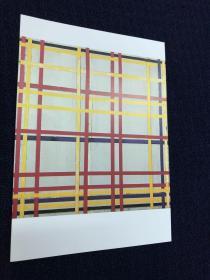
蒙德里安 PIET MONDRIAN明信片
九五品上海
¥ 40.00
-
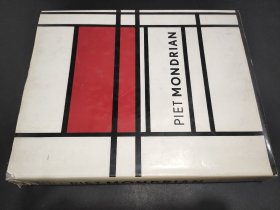
Piet Mondrian 蒙德里安 签名本
八五品北京
¥ 2000.00
-

PIET MONDRIAN (1872-1944) CENTENNIAL EXHIBITION
八五品欧洲
¥ 580.00
-
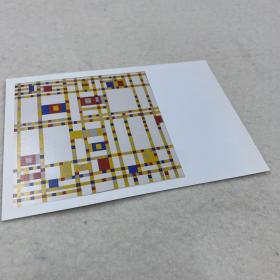
蒙德里安,PIET MONDRIAN ,Boogie Woogie 明信片
九五品上海
¥ 60.00
-

Piet mondrian,蒙德里安绘画作品集
九品北京
¥ 268.00
-
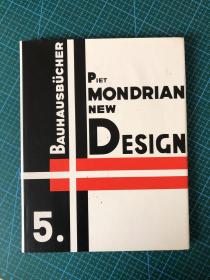
new design(新设计),mondrian
九品上海
¥ 988.00
-
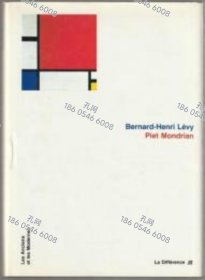
价可议 Piet Mondrian Les Anciens et les modernes nmwxhwxh
九品亚洲
¥ 2575.00
-

Piet Mondrian
八五品北京
¥ 1171.00
— 没有更多了 —







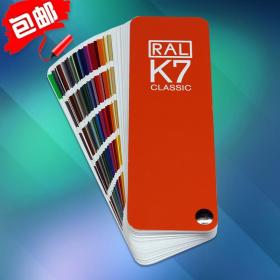

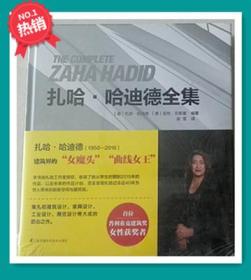


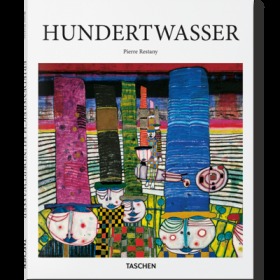

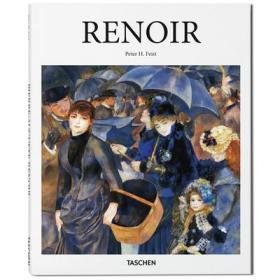
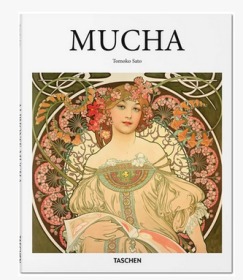










以下为对购买帮助不大的评价